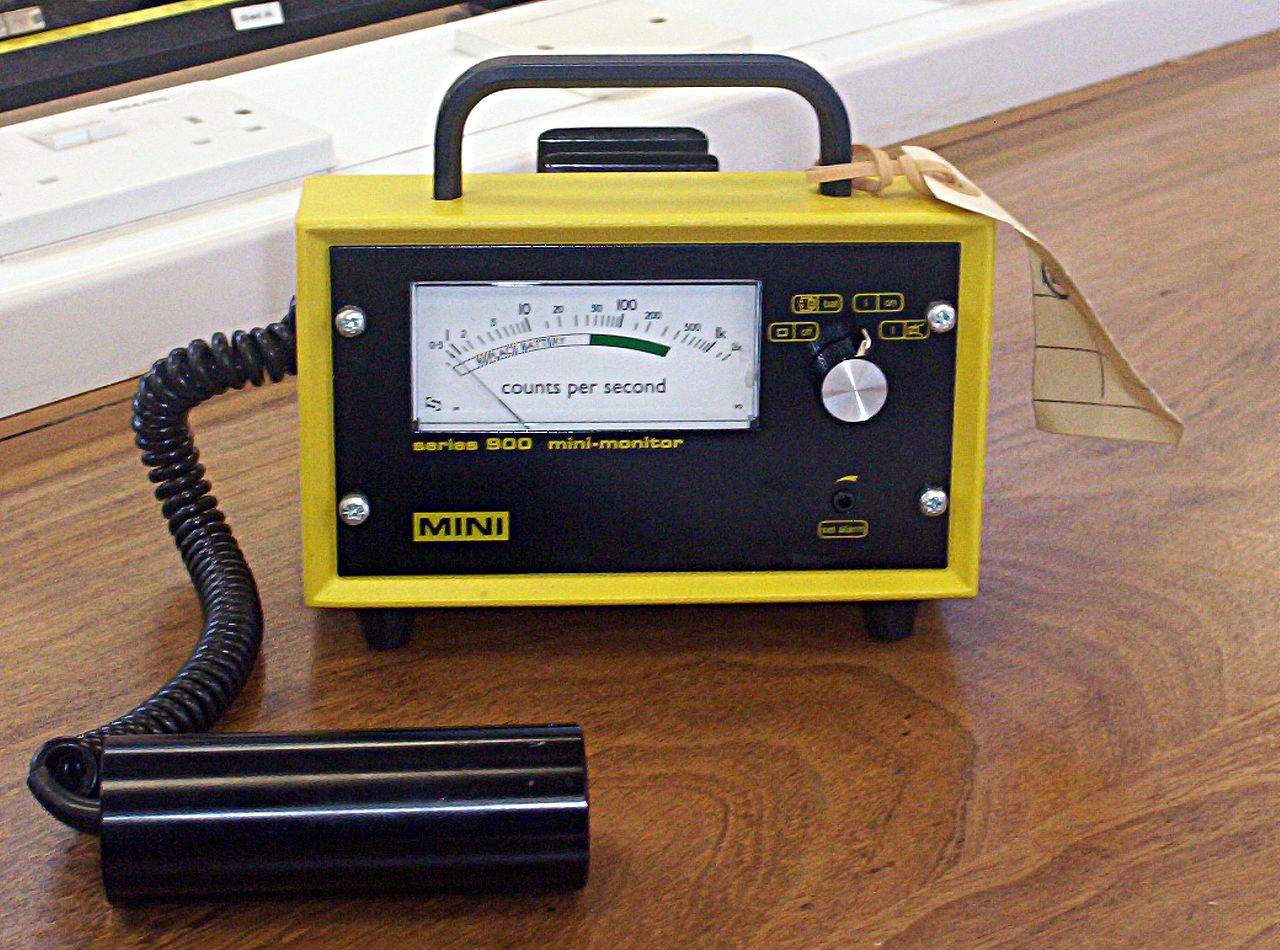Getting to Grips with Geiger Counters

First developed at the turn of the 20th Century, Geiger Counters still work in much the same way.
The Geiger Counter was invented by Hans Geiger and Ernest Rutherford in 1908 to detect alpha particles, one of four main types of radioactivity (the others being beta, gamma and x-rays). It was later modifi d by Geiger and his student Walther Müller to detect the others and again in 1947 by Sidney Liebson into the Halogen Counter – which is the technology still widely used today. Geiger Counter typically consists of four parts; a power supply, a visual and audio readout and the crucial Geiger-Müller tube that measures the radiation. The GM tube is filled with a low pressure inert gas such as neon, helium, argon and, most commonly today, halogen. It is usually coated with metal or graphite to create the cathode, while the anode wire, charged with around 1,000 volts, passes through the centre.
GM counters work by pointing at a suspected source of radiation, which releases pairs of ions and electrons in the gas that are attracted to the negative cathode or positive iode. It is this cascade of charged particles that creates the electrical current measured milliroentgens (or microsieverts) per hour. It is the readout or speaker that creates the ‘click’ for each particle registered; the more rapid the clicks, the more intense the radioactivity. Historically, Geiger Counters were used to prevent human exposure to harmful levels of ionising radiation which can cause anything from minor skin burns to fatal cancers and genetic damage. At the height of the Cold War they were routinely supplied to civil authorities and even hospitals in preparation for nuclear war, however, these days their uses are far more diverse, ranging from astronomy, medicine and engineering to military environments.

For more science and technology articles, pick up the latest copy of How It Works from all good retailers or from our website now. If you have a tablet or smartphone, you can also download the digital version onto your iOS or Android device. To make sure you never miss an issue of How It Works magazine, subscribe today!





